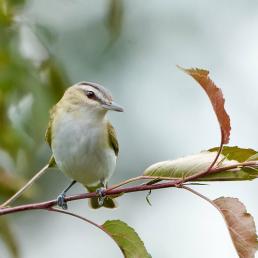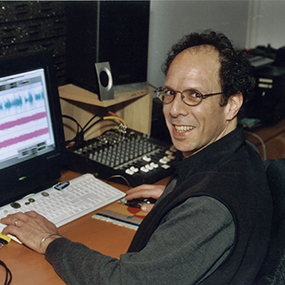BirdNote®
Radar Ornithology with Dr. Cliff Mass
Interview by John Kessler
This is BirdNote.
[Musical selection from Messiaen’s Turangalila Symphonie]
Weather radar is now so sensitive it can track the migration of birds. Cliff Mass, Professor of Atmospheric Sciences at the University of Washington, describes the radar images from a massive migration through the Puget Sound region:
“So I have a series of images on my blog. The first one is 8:57 p.m., it’s on May fourteenth. This is very close to sunset. And there isn’t too much echo out there. But then it’s starting to get dark. And the next image is at 9:36 p.m. And all of a sudden we start seeing the whole region filling up with echo. Some of it’s getting pretty intense. And then it just extends, further and further, as we go just a little further in time. At 11:04 p.m. virtually the whole domain is full of these echoes. And these are all birds flying.
We can look at something in the middle of the night or even in the morning, right before sunrise, and there’s still a lot of echoes, but as soon as sunrise occurs, and on this day sunrise was 5:32, we started seeing the echoes disappearing. And by the time you get to 7-8 o’clock, they’re virtually gone.
It’s just an amazing diurnal variation of echoes that we see during the spring migration and also during the fall.
Now the National Weather Service has a wonderful network around the country. It’s called Nexrad, or next-generation radar…and these are extraordinarily fine high-powered radars. And so you can get this view over the whole nation…”
Millions of birds on are the move. See the images for yourself, at Cliff Mass’s blog when you begin at birdnote.org.
###
Music selection from Olivier Messiaen's Turangalila Symphony, sixth movement, “Jardin du sommeil d'amour" performed by Orchestre de l’Opera Bastille.
BirdNote’s theme music was composed and played by Nancy Rumbel and John Kessler.
Producer: John Kessler
Executive Producer: Chris Peterson
© 2013 Tune In to Nature.org October 2013 Narrator: Mary McCann
ID# migration-17-2013-10-16migration-17






